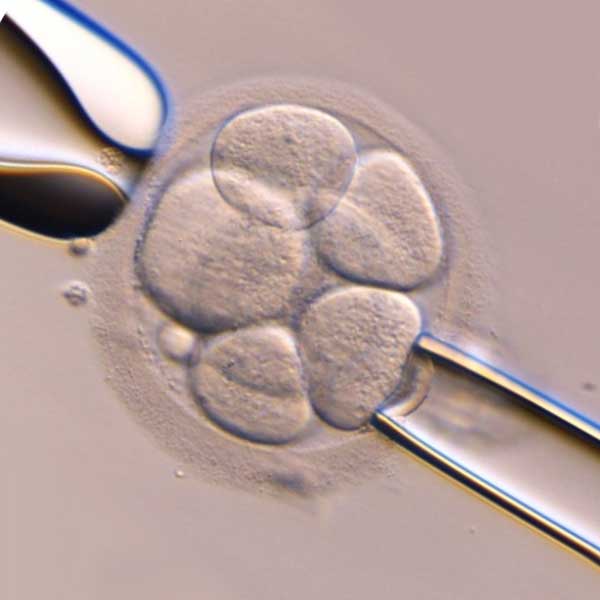Endometrium is the inner tissue lining of the uterus where the embryo implants during pregnancy. Embryo implantation is a complex process and involves careful coalition of various factors. During the cycle, endometrium prepares an adequate environment for the arrival of an embryo. After a sperm fertilize an egg, the embryo moves from the fallopian tubes to the uterus and gets implanted into the endometrium lining of the womb. The endometrial lining thickens and becomes receptive to implant a fertilized egg in response to hormone secretion. When the embryo gets implanted into the uterine
cavity, the cells from the embryo and inner lining fuse together to form a placenta. If there is no arrival of egg for implantation, then the tissue lining sheds and the menstruation begins.
In an IVF cycle, the embryo is formed in laboratory conditions and is transferred directly into the uterine cavity for implantation. Sometimes it may fails to stick to the uterine lining resulting in pregnancy loss. This may be because the endometrial lining was not prepared to receive the embryo. This is when ERA is applied that helps avoid implantation failure by choosing the best day for embryo transfer. This is achieved by recognizing the window of implantation that usually falls between days 19-21 of the menstrual cycle.
How is ERA performed?
A small sample of endometrial tissue is obtained through a painless biopsy and is analyzed through the Endometrial Receptivity Assay test to establish the best day for transferring the embryo. The ERA test will determine if the endometrium is receptive or not by analyzing 248 genes involved that are involved in endometrial receptivity.
The test results shows the receptive or non-receptive days of the implantation window. For non-receptive results, a second ERA test is performed in order to determine the window of implantation. However, if the results are receptive, the embryo transfer is performed on that same day in the next cycle. If using frozen embryos for implantation, ERA results provides an opportunity to thaw and prepare the embryos before the estimate date so that they are ready to be implanted in the uterus in the following month.
Who should take the ERA test?
ERA testing is a personalized program as the implantation window varies in each woman. The ERA test is suggested for women who have had recurrent implantation failure and with high maternal age. ERA helps identify the optimum window for implantation accurately in order to improve chances of pregnancy for those undergoing IVF.
Benefits of ERA test
Finding the optimum day of embryo transfer through ERA test increases the chances of implantation and pregnancy in a rate of 73% in women with implantation failure. It has been a useful procedure to know the optimal time for embryo transfer to avoid additional IVF procedures.
The ERA test monitors the recurring pattern of 238 different genes and establishes a personalized window of implantation for each woman. To know more about ERA test and your chances to undergo and investigate the window of implantation, book an appointment now.


